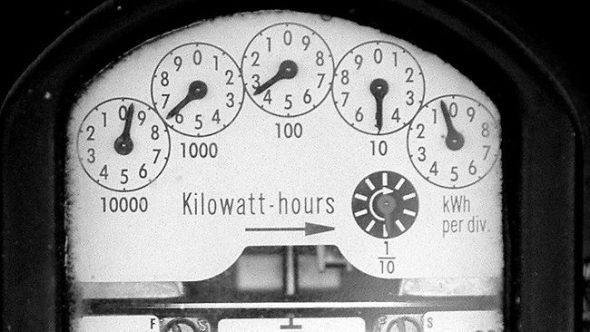With this week’s second anniversary of Australia’s price on carbon, it is now two years since pitt&sherry’s Carbon Emissions Index (Cedex) Update began tracking developments in the National Electricity Market.
Throughout this period, and for a year and a half before that, demand for electricity in the NEM has been falling steadily (Figure 1). Falls in demand have occurred in every NEM state, but not in Western Australia (Figure 2).
The fall in emissions from NEM generation also continued since June 2012, and at a faster rate (Figure 1). The total fall in demand over the two years since June 2012 has been 4.6 per cent, or 8.7 TWh in absolute terms, while the total fall in emissions has been 10.4 per cent, or 18 Mt CO2-e in absolute terms.
Changes in electricity have always been of great importance to the outlook for Australia’s emissions. Until 2008 electricity generation was the largest driver of growth in Australia’s emissions. Since then it has been the largest source of emissions reduction, almost completely offsetting increases from other emission source categories. So how much has the carbon price contributed to the fall in electricity emissions?
On the supply side (Figure 3) the clear winner from the carbon price, as would have been expected, has been hydro, and especially Tasmanian hydro.
However, over the long run, annual energy output from existing hydro systems, other than relatively modest increases from system optimisation investments, is limited by the availability of water. This in turn is determined by the balance of rainfall, runoff and evaporation. In the absence of major changes in these factors in the future, any near-term output increase above long-term average levels will have to be offset by a corresponding future decrease in output below the long-term average. So, some of the recent above average increase may have to be offset by below average decreased output in future years, meaning that emissions reductions over the past year may have been “borrowed” from the future.
That said, during the period from 2006-10 hydro output was severely affected by drought, so some part of the output increases since then represent just a return to the long-term average and not an above average surge.
Regardless of how much “borrowing” there may have been, this not a criticism of hydro generators; failure to increase their output once the price was in place would have been commercially disadvantageous from the perspective of their major shareholders (the state governments of Tasmania, NSW and Victoria), given the uncertain longevity of the carbon price ever since its introduction.
The share of gas generation has changed very little since June 2012 and, as discussed in recent Cedex updates, is certain to start falling very soon, as generators roll over their supply contracts to new, higher price levels.
Meanwhile, wind generation has increased steadily since June 2012, with each month’s annual output higher than the month before, driven by the continuing steady commissioning of new wind farms under the LRET program.
Total wind generation in the year to June 2014 was 8.43 TWh. As has been reported elsewhere, the last week in June was a very big one for wind generation, as strong winds blew almost continuously across all four south eastern states from Monday until the following Sunday morning. Peak 30-minute trading interval generation occurred, perhaps fittingly, at 9pm on the Wednesday evening, a few hours after the Clive Palmer/Al Gore press conference, and was 17 per cent higher than the highest 30-minute peak recorded prior to June.
Over the six full days, Monday to Saturday, wind generation supplied on average 14.5 per cent of all generation in the four states, and 10.7 per cent for the whole NEM, including Queensland. The highest 30-minute share was 21 per cent at 5am on Friday, June 27. Proportions of generation were very much higher than this for the whole six days in South Australia.
The greatest significance of these figures is probably the demonstration that the NEM is sufficiently robust to be able to accommodate such large shares of wind generation, with no effect on the supply of electricity to consumers. June as a whole was not the highest month for wind generation; August, September and October last year were all higher. These are the three windiest months in southern Australia, on average, so it is certain that new record monthly outputs will be recorded during those months this year.
Shares of total generation in the year ended June 2014 were black coal 50.7 per cent, brown coal 22.3 per cent, gas 12.7 per cent, hydro 9.6 per cent and wind 4.7 per cent.
These are the lowest shares of both black and brown coal, and the highest shares of wind, since Cedex data starts in 2006, and in fact, almost certainly ever.
This is the latest report on Australia’s energy emissions from pitt&sherry










